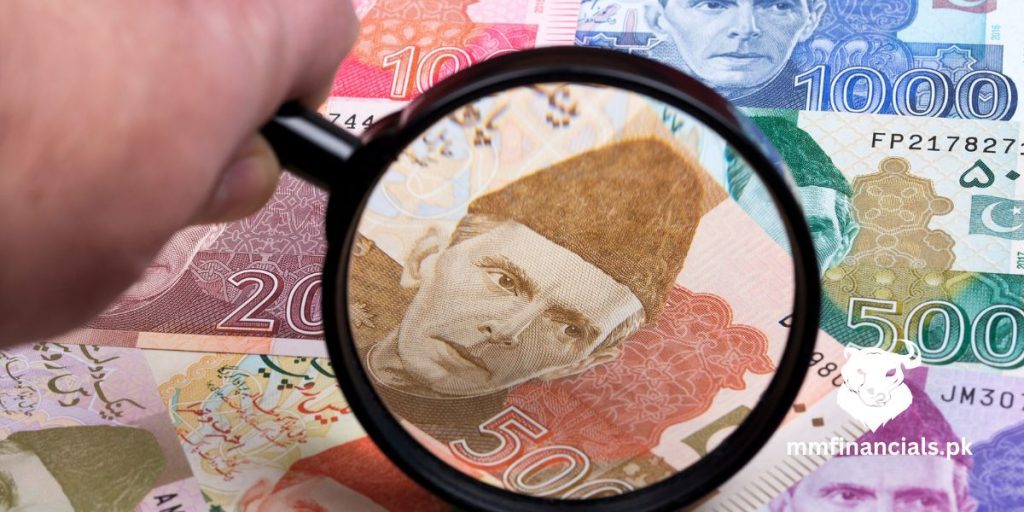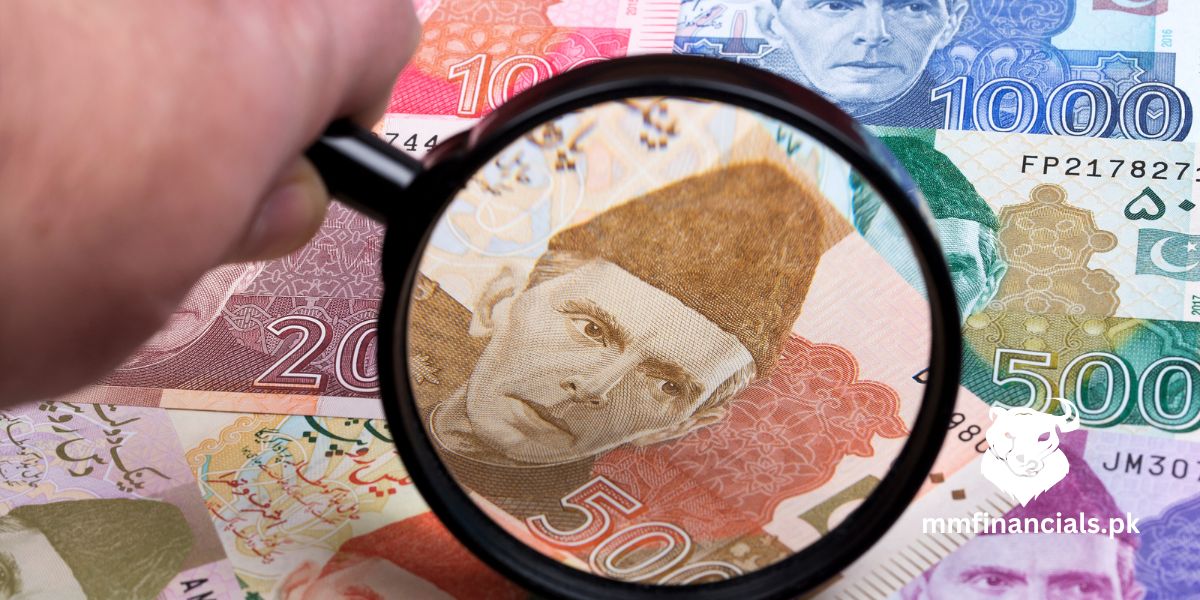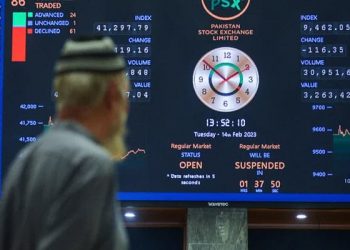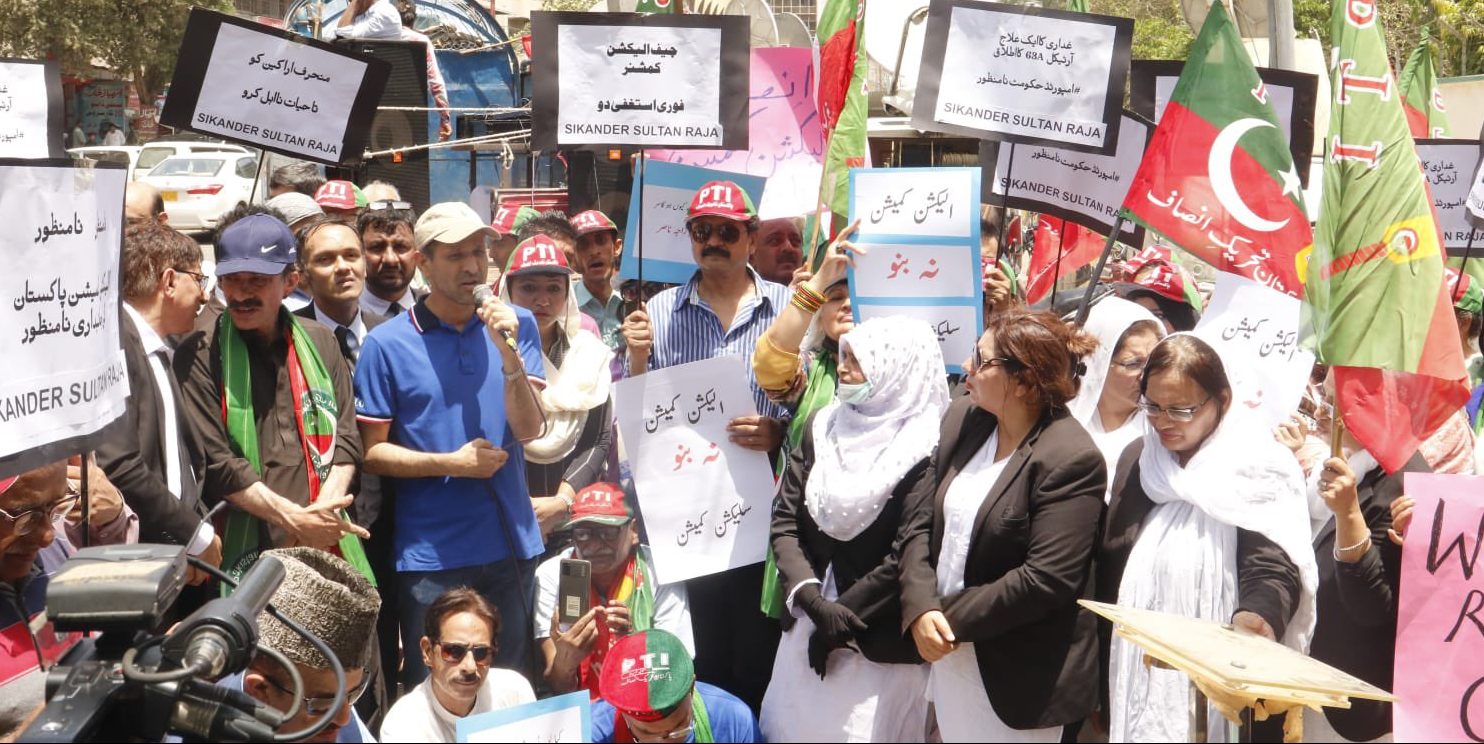Pakistani Rupee (PKR) has shown a modest improvement against the US dollar in the interbank market. On Wednesday, the PKR edged higher, marking a slight gain that brought the exchange rate to 279.34 PKR for every US dollar. This represents a nuanced shift from the prior session’s rate of 279.42 PKR per USD, indicating a continued positive movement for the local currency. Although technically the PKR is trading on support region.
Interbank closing #ExchangeRate for todayhttps://t.co/35iQpaOTev#SBPExchangeRate pic.twitter.com/YtDsKSZBZS
— SBP (@StateBank_Pak) February 7, 2024
A CLOSER LOOK AT THE PKR’S PERFORMANCE
During the trading session, the Rupee fluctuated between a high bid of 279.7 and a low ask of 279.4 against the dollar. These numbers reflect the dynamic nature of the forex market and the PKR’s resilience amidst fluctuating economic indicators.
MARKET DYNAMICS IN THE OPEN MARKET
In the open market, where currency exchange rates can vary more widely, the dollar was quoted at 280 PKR for buying and 281 PKR for selling. This slight difference from the interbank rate underscores the variations that can occur between different market segments.
PKR AGAINST OTHER MAJOR CURRENCIES
The PKR’s journey was not entirely successful with every currency. It saw a downward trend versus the Euro, ending the day at 300.6 PKR after briefly falling to 300.49 PKR. With a closing rate of 352.53 PKR, up 1.63 rupees, the British Pound also became more costly. The intricate relationship between the world’s currencies was highlighted by the different degrees of depreciation that the Swiss Franc, Chinese Yuan, Saudi Riyal, Japanese Yen, and U.A.E. Dirham saw against the PKR.
YEARLY APPRECIATION AND MONEY MARKET TRENDS
Interestingly, the PKR has appreciated by 6.65 rupees or 2.38% against the Dollar over the current financial year, with a 0.9% appreciation noted in the current calendar year. In the realm of money markets, the benchmark 6-month Karachi Interbank Bid and Offer rates experienced a decrease, aligning with the State Bank of Pakistan’s decision to maintain the policy rate at 22%. This decision, coupled with declining yields in the latest T-bills auction, signals a nuanced pressure on secondary market yields.



















